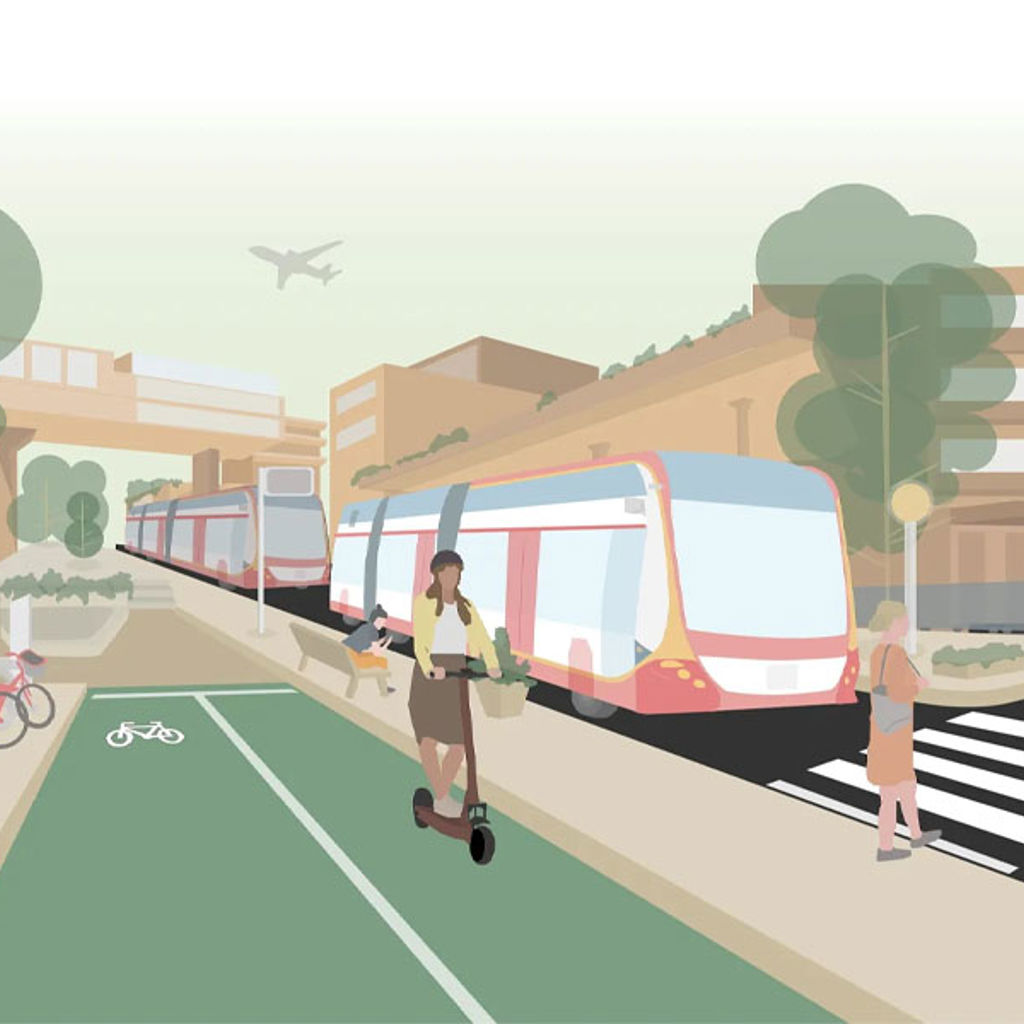Driving investment, accelerating solutions
Although cities provide fertile ground for investment in nature-based solutions, very little blended finance is currently being directed to urban projects in emerging markets. In order to move from individual, small-scale projects to large investments, it is essential that all stakeholders have a role to play, and that some crucial elements are on the table at COP27.
Multilateral development banks and the public sector need to identify a more systematic way of identifying projects and collaborating with a wider range of stakeholders. A systems approach that builds upon and integrates effective sectoral actions can be highly effective in assisting cities identify and reveal opportunities that will generate investment return.
When multilateral development banks provide technical assistance facilities and concessional finance in support of nature-based solutions, their offerings often focus on training civil servants and strengthening project pipelines. While these are important issues to address, they are not sufficient to systematically identify nature-based solutions.
Multilateral development banks need to focus on strengthening city systems to deliver more bankable projects. This includes working closely with cities on how to plan for the future, design decision-making frameworks, set up institutional structures and governance, collaborate with stakeholders and invite community participation. Thinking about green corridor networks, increasing green spaces, developing natural flood mechanisms – and how they are all connected in a systematic way – can help enhance the value proposition of nature-based solutions and attract more private finance.
By better understanding who can benefit from nature-based solutions in a city ecosystem, including financial beneficiaries ranging from insurers to asset owners, it will be easier to build partnerships and generate robust financial returns. Rather than focusing on individual infrastructure sectors, for example restoration of a single wetland, projects need to incorporate an approach that supports integration between multiple angles to make the most of cross-sectoral opportunities and create synergies through a city’s natural assets. Adopting a portfolio-based approach where grey infrastructure can be replaced with green elements would unveil new sources of revenue and boost investment appeal.
How do you measure success?
Cities are fertile ground for nature-related projects: they consume 78% of the world’s energy, produce more than 60% of greenhouse gas emissions, and half of the world’s population lives in urban areas. Expanding green spaces in cities and nurturing natural systems that provide water, food and clean air would not just keep residents healthy and reduce the impacts of climate change but also boost the local economy.
Significant barriers prevent the rapid upscaling of regional biodiversity-linked investments. They include unsatisfactory policy and regulatory frameworks, inadequate finance instruments, underdeveloped accounting frameworks, a lack of standardised data and measurements, and missing institutional design and coordination. As a result, nature-related projects in cities are typically funded by government bodies with limited blended finance. By clearing the path for would-be investors, clarifying which metrics and data will govern future investment, and strengthening the business case for it, cities can take a leadership role in attracting private finance.
Some nature-based solution sectors with well-established and widely understood verification providers, such as the forest carbon market, are growing rapidly. Other sectors, however, struggle to flourish as a result of bespoke verification models to validate impact. The public sector can encourage increased investment into urban nature-based solutions by providing floor prices, offering guarantees, and hosting auctions for the sale of ecosystem services.
Pathways forward
Encouraging and shaping new market behaviour is always hard to predict. But at the level of individual projects, there is much that can be done to accelerate much-needed investment. First, more collaboration is necessary between governments, developers and investors around innovative project design that delivers higher-integrity benefits and more robust revenues from nature-based solutions compared with grey infrastructure.
More action must come from governments to develop a clear structure for the metrics and data that will govern future investments, including metrics on outcomes and the frameworks required to manage nature-based solutions over time. Finally, multilateral development banks must adopt an enhanced risk-taking strategy through the use of debt swaps or political risk insurance to attract much larger amounts of private finance.






